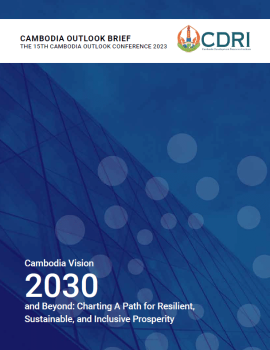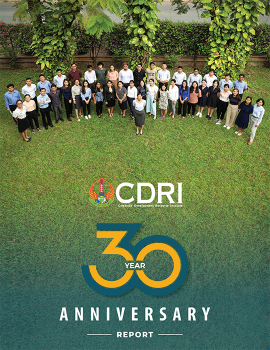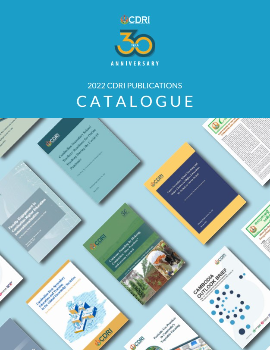
Abstract/Summary
Summary
Landholding size and the gender of the household head tend to be a good predictors of labour, assets, and income, and provide a good indication of a household’s potential capacity to benefit from land titling programs. We therefore predict that households with larger landholdings are in a more favourable position to benefit from LMAP’s systematic land titling projects than smaller landholdings. At the same time, male- headed households also tend to be in a more favourable position to benefit from land titles than female-headed households. High Potential Impact (HPIs) households have more available larger landholdings, more labour, more capital assets, and higher incomes. Low Potential Impact (LPIs) households tend to have less labour, smaller landholdings, fewer capital assets, and lower incomes. The LPIs also include more vulnerable households, such as those headed by single women.
Village location relative to paved roads and local commercial and administrative centres tends to be a good predictor of market access, credit access, and extension services, as well as social services such as health care. We predict that households located near such centres are in a better position to benefit from LMAP’s systematic land titling projects than those located further away. Villages with good soil conditions, access to water resources, diverse land use patterns, and employment opportunities, as well as development inputs are also potential High Capacity Areas (HCAs). Low Capacity Areas (LCAs) include villages that are located some distance from paved roads and/or commercial and administrative centres, have poor soil, lack water resources, and have more homogenous land use patterns and few employment alternatives to farming.
We predict that High Potential Impact (HPI) households will benefit most from land titles in HCA villages, while Low Potential Impact (LPI) households will benefit least in Low Capacity Area (LCA) villages. In between, HPI households in low capacity areas are in a better position to compete for land titling benefits as development occurs. Meanwhile, LPI households will be less able to compete for land titling benefits in high capacity areas unless they are somehow able to access or link up with high capacity factors.
The impact of land titles on social and economic development and poverty reduction in the rural sector can be optimized by targeting land-titling efforts in areas where government agencies, NGOs, and private investors are actively engaged. The benefits for disadvantaged households can also be increased by policies that specifically link land-titling efforts to pro-poor development objectives. In this sense, active consultation and collaboration among all development actors in support of LMAP’s efforts would enhance the benefits from land titles for all landholders.
The research methodology employed in the baseline survey has been quasi-experimental in nature using quantitative data collected in household interviews with a structured, close-ended survey instrument (See Annex A). The follow up survey should incorporate qualitative research approaches and tools into the overall methodology in order to provide more substance and texture to the household survey data, as many of the subtle yet important nuances concerning the economic and social impacts of land titles cannot be effectively captured by a standard household survey instrument.



